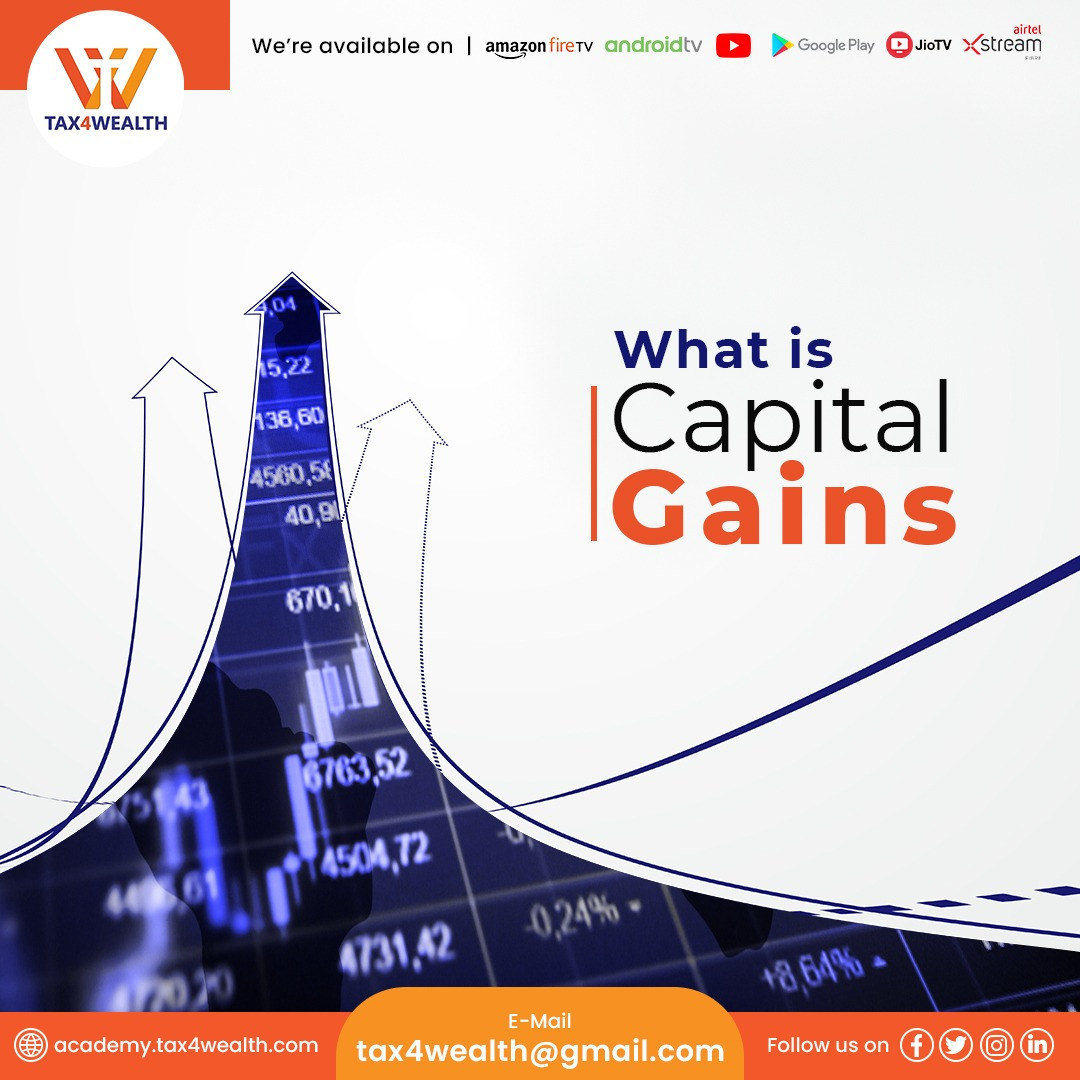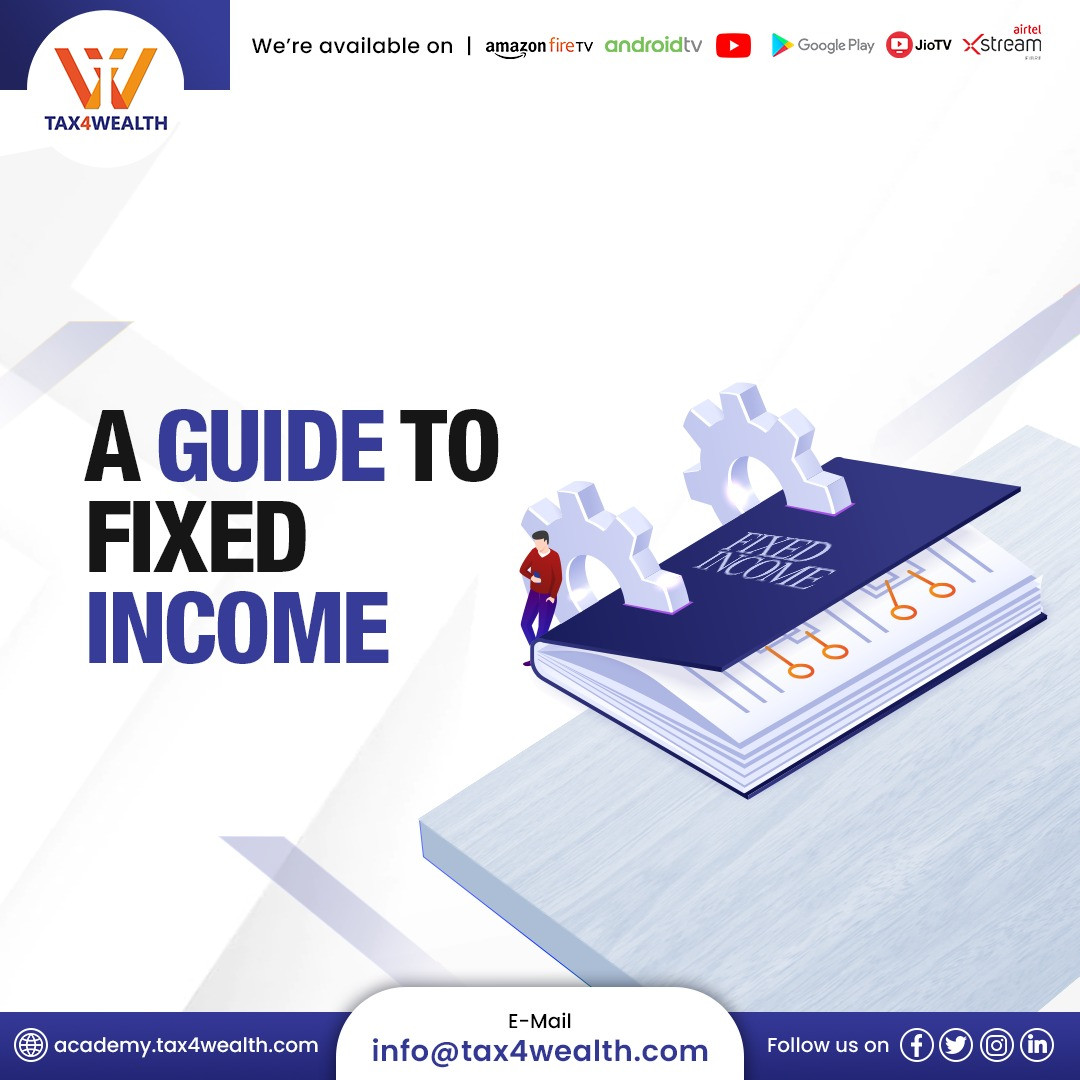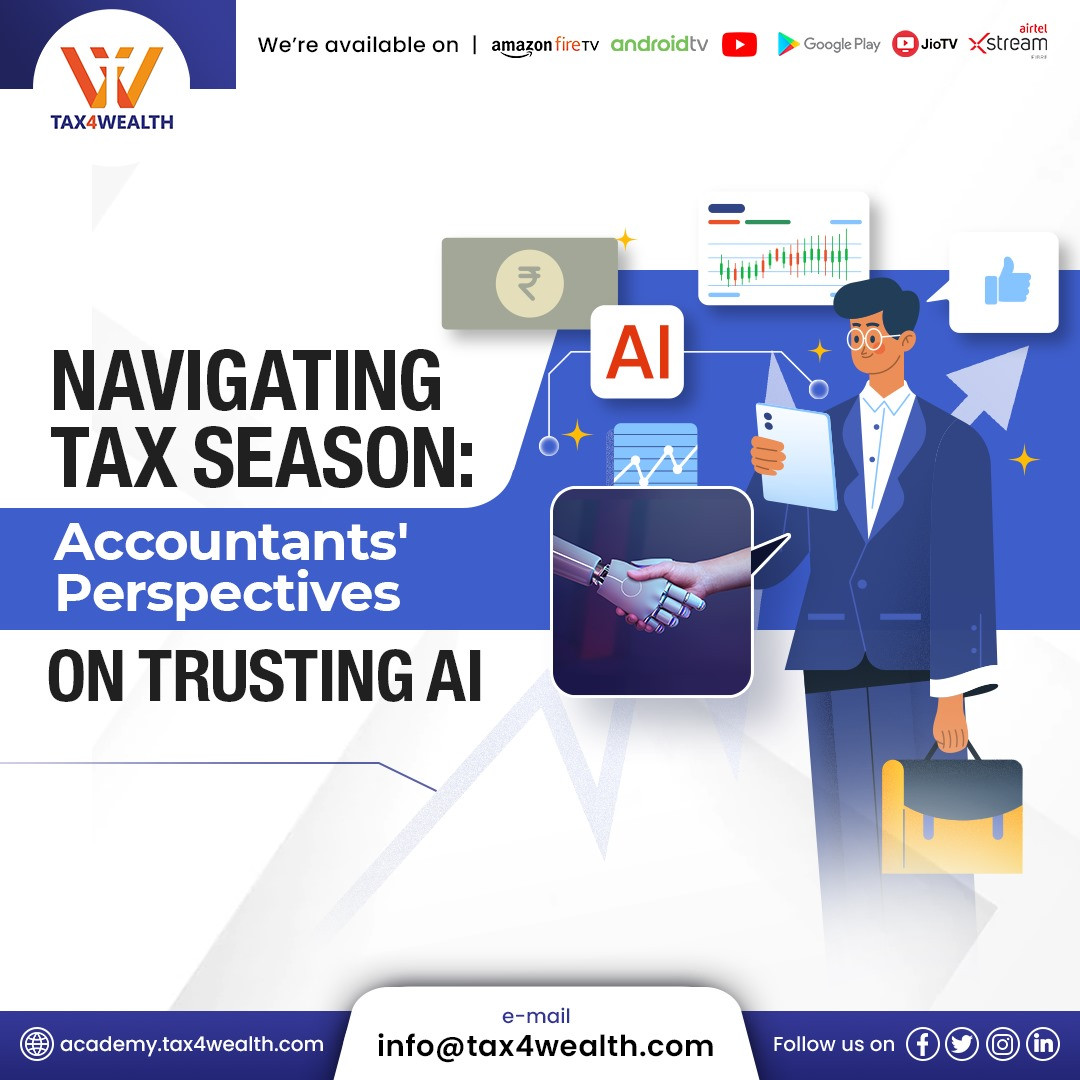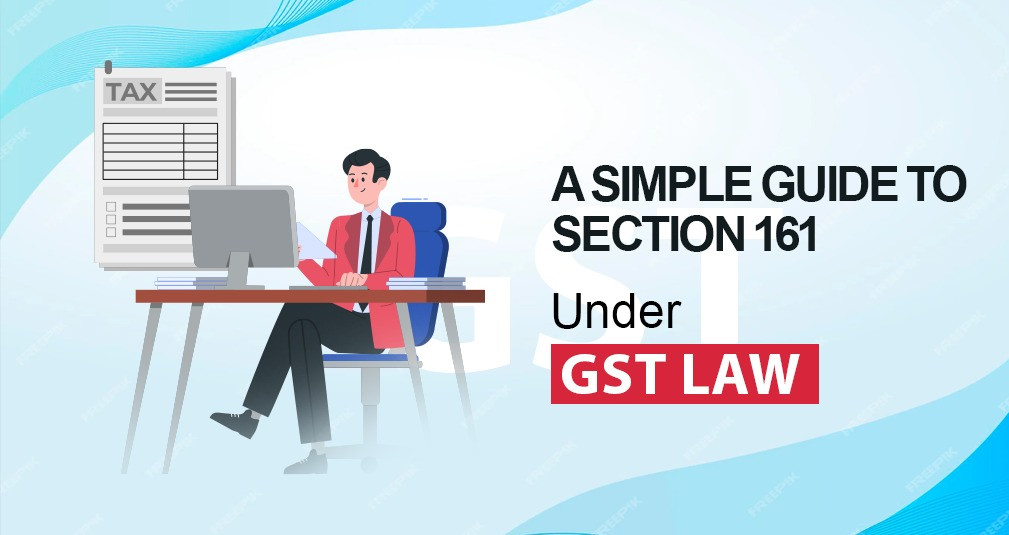
What is Capital Gain?
Introduction:
The term capital gain can be defined as the gains that are arising as a result of transfer of capital asset. The tax that is charged for transfer of capital asset is known as Capital Gains. Generally, income from capital gain is categorized under;
1. Long Term Capital Gains
1. Short Term Capital Gains
What is Capital Gain?
As mentioned earlier, the gains and profits arising due to transfer of capital asset are known as "Capital Gains" which are charged under the income head capital Gains.
What is Capital Asset?
Capital asset includes the following assets:-
✅ Any property that is held by a taxpayer, whether it may or may not be connected to the business or profession of the taxpayer
✅ Any Securities held according to the regulations and provisions made under the Securities and Exchange Board of India Act, 1992 (SEBI) held by FII and that invested in the aforesaid security
Also learn; How to Calculate Income Under Capital Gain
However, there are certain assets which are excluded from the definition of being a capital asset which are as follows:-
✅ Any personal effects which is movable in nature including furniture, wearing apparel held by the taxpayer for the personal use by him or for any dependent family member excluding;
✓Drawings
✓Paintings
✓Jewellery
✓Archaeological collections
✓Art work
✓Sculpture
It is to be noted that the term “Jewellery” includes the following:
✅ Precious or semi precious stones, whether it may be set or not set in utensils, furniture or any other wearing apparel
✅ Ornaments that are made of silver, gold, platinum or any other precious alloy or metal that contains one or more of the aforesaid metals, whether it may or not contain any semi precious stones and whether it sewn or not sewn into any wearing apparel.
✅ Stock in-trade including raw materials held for business purpose, consumable stores other than securities
✅ Agricultural Land not being a land situated in India. For this, the following aspects must be considered;
✅ According to the municipal jurisdiction, town area committee, notified area committee and cantonment board that has a population more than 10,000.
The distance for range of the area has to be measured aerially considering the local limits of the cantonment board of any municipality:
✅ If the population is exceeds 10,000 but limited to 1 Lakh and distance is not more than 2 kilometers
✅ If the population exceeds 1 lakh but limited to 10 Lakh and the distance is not more than 6 kilometers
✅ If the population exceeds 10 lakhs and the distance is more than 8 kilometers. The population has to be considered according to the figures of the previous last census of which the required figures have been furnished prior to the first day of the year.
✅ 7 Percent Gold bonds, 1980 or 61/2 percent Gold bonds, 1977 or National Defence Gold bonds, 1980 issued by the Government of India
✅ Special Bearer Bond, 1991
✅ Deposit Certificates issued under the Provisions of Gold Monetization Scheme 2016
✅ Gold deposit Bonds issued under the provisions of Gold Deposit Scheme,1999
#Note:
The following points have to be kept in mind to understand long term capital gains:
✅ The property considered to be a capital asset may or not be related to any business or profession of the taxpayer. This can be better analyzed with the help of an example. For example, A person who is engaged in transportation business, will use a bus to carry its passengers in that case, the bus will be considered as this capital asset.
✅ With accordance to the regulations provided under the Securities and Exchange Board of India Act, 1992 (SEBI) any securities held by a Foreign Institutional Investor that has been invested in such securities will also be considered as capital asset. Thus, the securities may not be considered as stock-in-trade.
Also learn; How to File ITR-2 for Capital Gains 2022-23
Illustration-1:
Mr. Singh bought a residential house for Rs, 90,00,000 in January 2017 and he sold the house for Rs. 96,00,000 in April 2020. In this case, the residential house will be considered as capital asset of Mr. Singh. Thus, the gain arising due to sale of residential house of Rs. 6,00,000 will be taxed under the income head "Capital Gains".
Illustration-2:
Mr. Khosla is engaged in Real Estate Business. He bought a flat to resale the same. He bought the flat for Rs. 90,00,000 in January 2019 and sold the same for Rs, 96,00,000 in April 2020. In this case Mr. Khosla is engaged in dealing properties was his normal day to day business. Thus, the flat bought by him will be considered as his stock in-trade. In simple words, the flat purchased by him is not a capital asset. Thus, the gain of Rs. 6,00,000 received due to sale of flat will be taxed under the income head "Income from Business and Profession" and not "Capital Gains".
For more information visit us at: https://academy.tax4wealth.com/
No comments yet, Be the first to comment.













